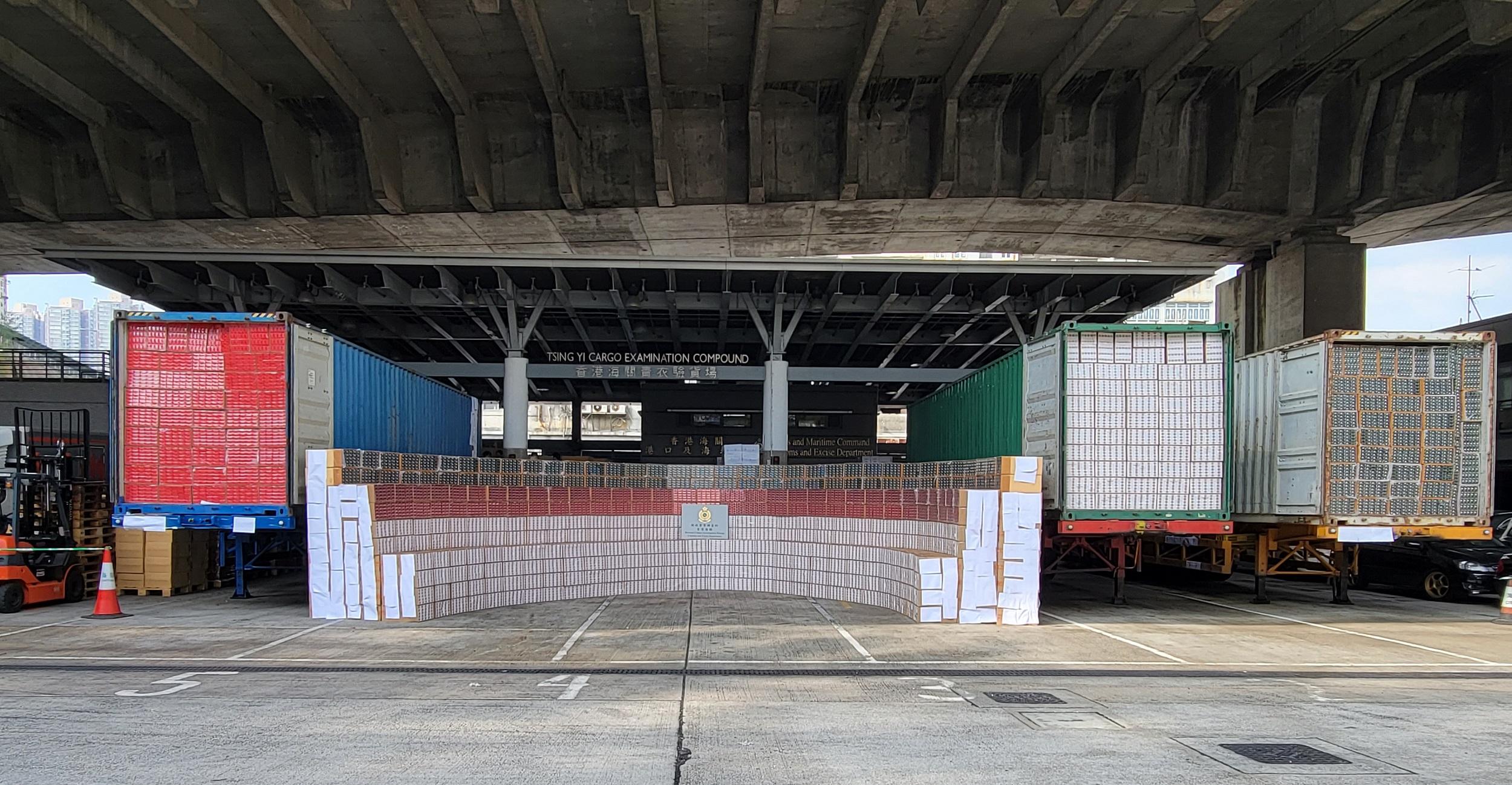Following is a question by the Hon Lai Tung-kwok and a written reply by the Secretary for Security, Mr Tang Ping-keung, in the Legislative Council today (January 19):
Question:
In the 2020-2021 financial year (up to February 28, 2021), the number of vacancies at the Rank and File level of the Hong Kong Police Force (HKPF) stood at 4 744, representing an increase of 124.9 per cent over the preceding financial year. Regarding the manpower of the Police, will the Government inform this Council:
(1) of the respective up-to-date numbers of vacancies at and numbers of recruits of (i) the Gazetted Officer rank, (ii) the Inspector rank and (iii) the Rank and File level of the HKPF since the current financial year; whether the numbers of recruits have met the recruitment targets for the current financial year;
(2) whether the HKPF increased the staffing establishment of the Hong Kong Auxiliary Police in the past three years; if so, of the relevant figures; and
(3) whether the HKPF implemented further measures last year to retain talents and alleviate the work pressure of frontline staff; if so, of the details, and whether such measures included expanding the eligibility for extension of service beyond retirement age to include police officers of all ranks?
Reply:
President,
The Hong Kong Police Force (HKPF) has been adopting proactive strategies and measures to recruit and retain talents in order to meet its operational needs and services. The HKPF has formulated detailed human resources and strategic plans to strengthen its efforts on recruitment, staff training and career development etc. Vacancies will be filled through recruitment, promotion and various extension of service measures.
My reply on various parts of the question is as follows:
(1) The vacancies at the Gazetted Officer rank, the Inspector rank and the Rank and File level of the HKPF in the past two financial years are tabulated below:
| Ranks |
Number of vacancies each year |
| 2020-21 |
2021-22
(as at December 31, 2021) |
| Gazetted Officer |
47 |
35 |
| Inspector* |
467 |
484 |
| Rank and File* |
4 744 |
5 187 |
The recruitment targets and recruitment numbers at the Gazetted Officer rank, the Inspector rank and the Rank and File level of the HKPF in the past two financial years are tabulated below:
| Ranks |
Recruitment targets and numbers each year |
| 2020-21 |
2021-22
(as at December 31, 2021) |
| Recruitment targets |
Recruitment numbers |
Recruitment targets |
Recruitment numbers |
| Gazetted Officer |
/ |
/ |
/ |
/ |
| Inspector* |
225 |
158 |
195 |
119 |
| Rank and File* |
1 620 |
596 |
1 350 |
423 |
*Police Constable and Inspector ranks are recruited via open recruitment; Sergeant, Station Sergeant, Senior Inspector of Police, Chief Inspector of Police and Gazetted Officer ranks are promoted internally.
(2) The Hong Kong Auxiliary Police Force (HKAPF) plays an important role in supporting the regular force. In the past three years, while the establishment of the HKAPF maintained at 4 501, the average number of auxiliary officers deployed each day (calculated based on work shifts of eight hours per each auxiliary officer) has increased from about 560 in financial year 2019-20 to about 710 in financial year 2021-22 (as at November 30, 2021) in view of the operational needs. The HKPF will continue to promote the recruitment of the HKAPF in supporting frontline policing work.
(3) The implementation of the option for officers to choose to retire at the raised retirement age (Option) by the Civil Service Bureau in July 2018 allows officers appointed to the civil service on or after June 1, 2000 but before June 1, 2015 and are appointed on permanent terms under the Civil Service Provident Fund Scheme, regardless of their ranks, to choose to retire at the raised retirement age. Regarding the HKPF, the retirement age of police officers taking the Option will be raised to 60. Moreover, to meet the operational needs and long-term manpower challenges, the HKPF launched the Continued Service of Police Officers Beyond Prescribed Retirement Age Scheme (CSPO Scheme) in April 2021, allowing all serving police officers at non-directorate level, who joined the Government before June 1, 2000, to extend their service up to the age of 60. The HKPF will be able to retain more than 17 000 police officers in the coming 10 odd years through the implementation of these two strategies for retention of human resources.
The HKPF has been adopting proactive recruitment strategies based on the human resources situation in the market to attract high calibre candidates who possess the competence to become a police officer. The HKPF has disseminated recruitment and publicity information through various social media platforms, and has organised regular recruitment activities and projects, such as the Police Recruitment Experience and Assessment Day, Auxiliary Police Recruitment Express, Police Recruitment On-air, Police Mobile Recruitment Station, Police Mentorship Programme, Police Mentorship Programme Outreach (Mainland/ overseas network), Auxiliary Undergraduate Scheme, Project ACHIEVE, Police Recruitment Buddies Scheme, and the education and careers expo etc.
The HKPF will continue to monitor the human resources situation, implement effective mechanism to formulate holistic plans and assess future manpower needs, and regularly review officers’ establishment in order to meet the service needs of the community.
read more


